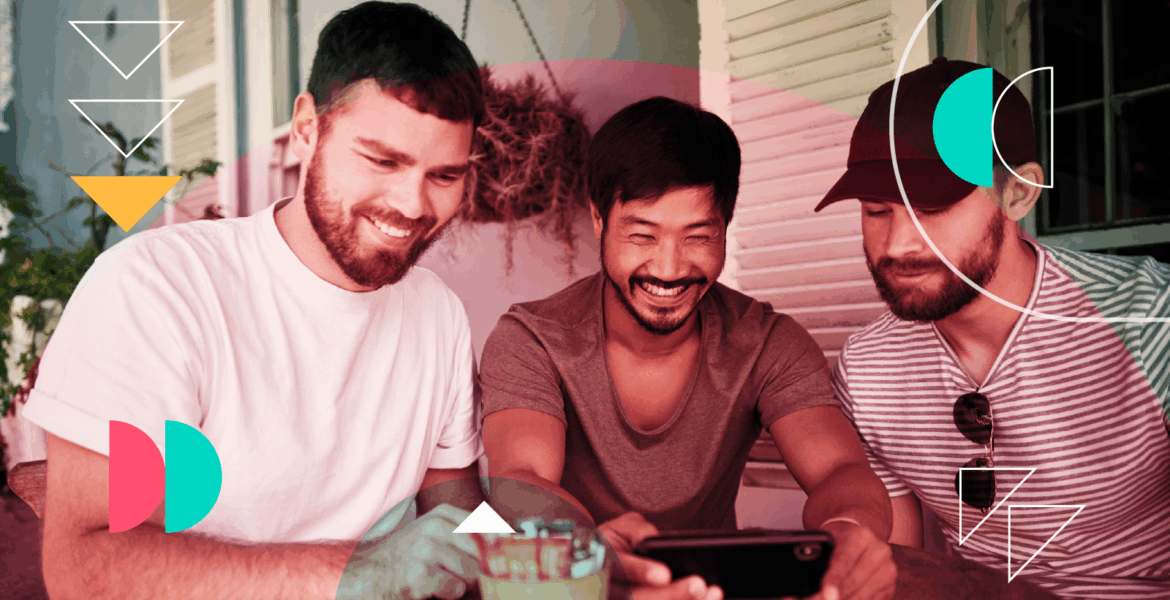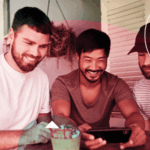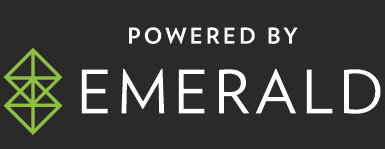By Jenifer Westphal, Founder and CEO, Wavelength
The era of the high-profile national TV spot continues to be in rapid decline. Thanks to the streaming revolution, viewers are turning away from linear TV in droves. Even sports are seeing seismic shifts in how fans engage with content.
Plus, viewers have become quite adept at avoiding ads. They pay premiums on connected TV to skip them. They download browser extensions to block them.
The fact is, it’s no longer enough to make commercials. Brands are in the entertainment business, and those that understand this are the ones that will be most successful. The good news is that there has never been a time when brands have had as many options – and as much flexibility – to become entertainers.
Here’s how they can do it.
Start with your story
A great story commands a viewer’s attention because they are invested in the outcome. That is difficult to do, but it carries immense power when done right.
One example is Xfiniti, which tapped Oscar-winning director Katherine Bigelow to create its “Aviators” film. The touching intergenerational story featured a young girl giving her grandfather and other veterans the gift of reliving their flying days and rediscovering their camaraderie through the power of technology.
In this case, it was not just about hiring a “name,” talent; it was about finding the kind of storyteller who understands the message you want to convey and can create original work around that message.
Your ad dollar goes farther with premium content
Marketing budgets are under enormous pressure, and unless you’re taking a big swing at a Super Bowl ad, you need to think beyond the thirty-second spot.
Distributors want and need nontraditional financiers. The decline of advertising has led to a massive opportunity – as ad dollars disappear from platforms, their payments for content go down. Youtube, the leading distributor by virtually any metric, still lacks quality premium storytelling due to the challenging economics around ad revenue for creators.
Streamers are largely in the same boat, as evidenced by projects like The Seat, where Netflix aired a premium documentary presented by Whatsapp as part of its content offering. Instead of paying a traditional ad, use those dollars to create a piece of content that demands distribution because the audience needs it.
Audiences don’t see branded entertainment as “selling out”
Viewers no longer shy away from something because it’s brand funded. People are actually excited to see brands associated with their favorite creators, topics and franchises.
Just like how Nascar fans have long been proud to rep the brand associated with their favorite driver, more and more fans are doing the same across the content ecosystem, and they are far less judgmental than they once were about the idea of “selling out.” Fans want great content and they don’t care if it was a streamer footing the bill or a brand. Why couldn’t it be a brand that becomes the next A24?
Market the marketing
Anyone can quickly record a video and upload it to YouTube. However, thinking through how you will market and socialize your narrative must come before the story is even created.
Distribution has never been easier. Getting eyeballs has never been harder. If you understand where you are going to reach your audience, that will help guide you in determining the story you tell.
The past is prologue
The future of branded content is looking a lot like the past. Think about the old days of TV, with Mutual of Omaha’s Wild Kingdom or even the Texaco-Star Theater show from the 1940s. The model was one sponsor, attached to a compelling piece of entertainment.
Is that so different from what we saw with the Barbie movie or the Lego movie franchise? Of course, not every brand is right for a feature film, and you must know your appetite for risk, but the basic tenets remain.
The bottom line
The dividing line between entertainment and marketing is vanishing. Audiences are looking for good stories and will respond regardless of who is telling them.
Work with great storytellers and give them the freedom and the space to create something powerful. That’s the best way to find an audience in an environment where traditional ads are losing market share and consumers have more choices than ever.








